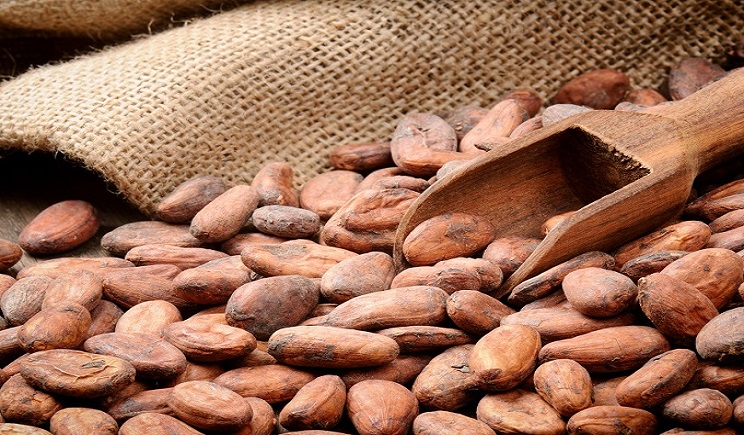Cameroon seeks to increase Cocoa and Coffee production
Cameroon’s Cocoa and Coffee Sector Recovery and Development Plan drawn up in September 30, 2014 has been explained to farmers in the Upper Nyong Division of the East Region. They were informed that government is set to increase cocoa and coffee production to an appreciable level by 2020 through the rehabilitation and creation of new seed farms; production and dissemination of plant material; setting up of systematic and integral phystosanitary treatment of cocoa and coffee farms; emergency programs to save production as well as boosting financial resources.
The plan that is steered by the Prime Minister’s Office seeks to increase production to 600,000 metric tonnes by 202, with Robusta Coffee to count for about 125, 000 tonnes and Arabica to hit 35,000 tonnes. The event in Abong Mbang on June 16, 2016, was to commit farmers to the success of the plan. Government wants results and has opted for bonuses exports as per the November 2014 text of the Ministry of Trade, producers were told. Phystosanitary treatment in all cocoa and coffee production areas, the certification of seeds, multiplication and distribution of farm inputs and the promotion of the country’s brand, amongst others, are part of government’s efforts to assist producers.
The President of the Cocoa Producers’ Cooperative for Nyong and Kelle, Emmanuel Noel Baleba, welcomed government’s announcement, pleading for seeds and a reliable distribution structure that can help get rid of bad quality phystosanitary products in markets. The Divisional Officer for Upper Nyong, Godlive Nboke, was upbeat about the recovery plan, tasking farmers to adhere to directives for it to succeed.
The President of the Technical Unit for Coordination and Follow-up of the Cocoa and Coffee Sectors in the Prime Minister’s Office, Evariste Eva-Ne, organizers of the sensitization campaign in collaboration with the National Cocoa and Coffee Board, reminded farmers that the plan was government’s strategy to professionalize the sector that represents 3 per cent of the national GDP and 15 per cent of the sector GDP.
Cameroon Tribune





